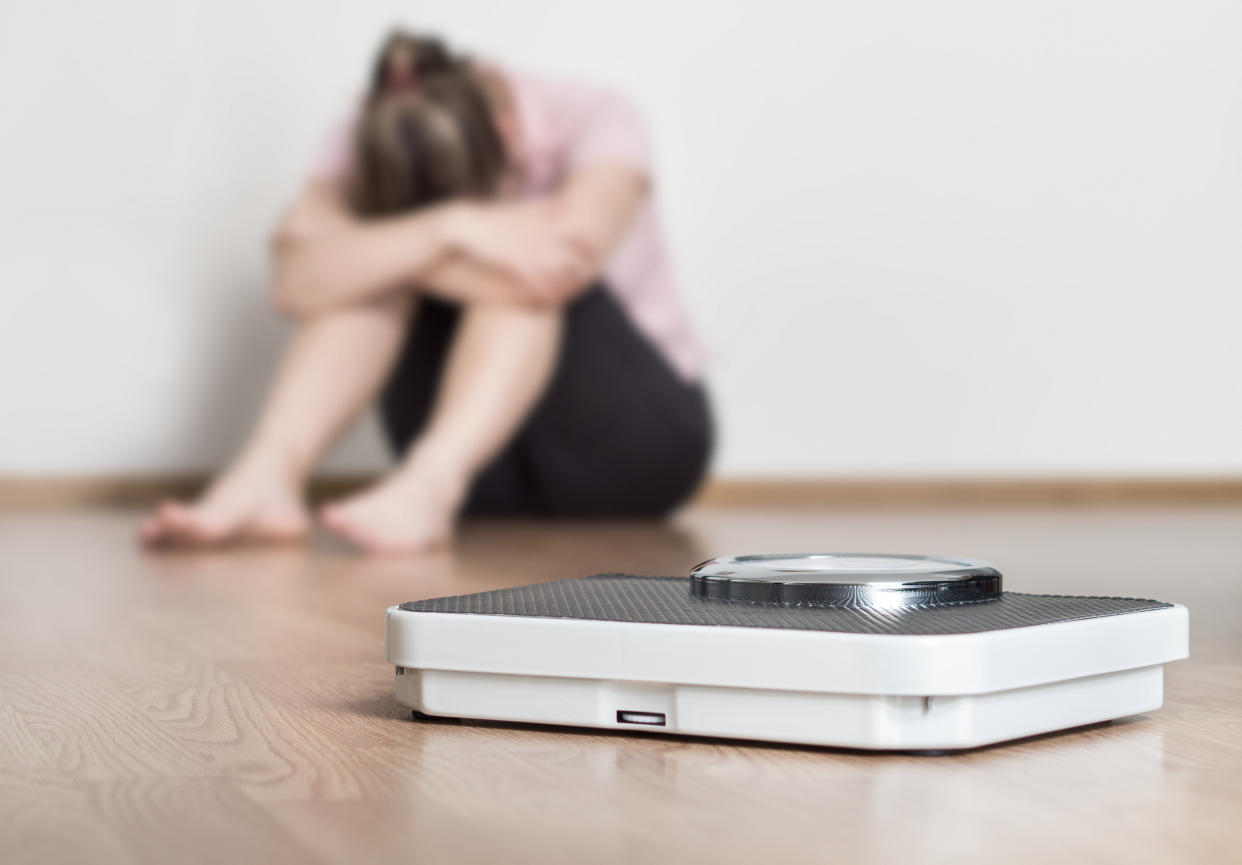Anorexia 'doubles among eight-year-olds in the past decade'

Anorexia in children as young as eight has more than doubled in the past decade, statistics show.
Scientists from King’s College London compared data submitted by psychiatrists in 2006 and 2015.
They found 1.5 in every 100,000 children aged eight-to-12 were admitted to hospital or an eating-disorder clinic with anorexia in 2006.
Nine years later, 3.2 in every 100,000 youngsters were struggling with the condition, the statistics show.

"The big message that needs to be put out is it may be the case that children and adolescents are suffering more from anorexia nervosa,” lead author Dr Sarah Byford said.
"What may be the case is we've simply got better at identifying it. The media has played a big part in allowing parents and schools to identify the signs of anorexia nervosa.
"It's being recognised earlier and earlier. This can only be a good thing because it means doctors can treat it as soon as possible."
READ MORE: Christopher Eccleston admits life-long anorexia and depression battle 'could have killed him'
Anorexia is a serious condition that causes a sufferer to try and keep their weight a low as possible by refusing food or overexercising.
Patients often have a distorted view of their body, with many thinking they are overweight when they in fact have a dangerously low BMI.
While the condition can affect adults, teenager girls are most likely to suffer, according to the NHS.
To understand more about the disorder in children, the King’s scientists looked at data submitted by specialist psychiatrists to the Child and Adolescent Psychiatry Surveillance System in the UK and Ireland.
They found 1.5 in every 100,000 youngsters struggled with anorexia in 2006. When they included “other eating disorders” that would be considered anorexia by today’s definition, the incidence rose to 2.1 per 100,000.
In 2015, the figure was estimated to be 3.2 in every 100,000 eight-to-12 year olds.
Twelve-year-olds were worst affected, with 12 in every 100,000 being diagnosed with anorexia four years ago. Among 11-year-olds, four in every 100,000 were told they had the condition in 2015.
The results - published in BMJ Open Journal - suggest "incidence rates for younger children have increased over time," the scientists wrote.
However, it may simply be that the condition is better recorded today. In 2006, anorexia statistics were largely drawn from GP records, which may be less reliable than hospital data.
The scientists also looked at how many eight-to-17 year olds were diagnosed with the eating disorder in 2015.
Over just eight months, 305 new cases arose, the data shows. Of these, 91% were female, 70% from England and 92% of white ethnicity.
READ MORE: Anorexic woman says eating a single chocolate saved her life
Based on this data, the scientists calculated 26 in every 100,000 girls and two in every 100,000 boys were diagnosed with anorexia in 2015. Overall, 14 new cases arose in every 100,000 young people of both sexes.
The team also found the rate of new cases increased with age, peaking at 15 in girls and 16 in boys. For both sexes, rates fell by around half at 17 years old, the statistics show.
“Future research should explore the development of earlier interventions, given evidence of an increase in incidence in young children, suggesting onset of anorexia nervosa may be starting earlier for some young people than suggested by previous research,” the scientists wrote.
The team stress, however, they did not account for children who battled anorexia but never got help.
Nonetheless, the study was large, nationwide and based on confirmed diagnoses.
“Service providers and commissioners should consider the evidence to suggest an increase in the number of new cases in younger children,” the scientists wrote.


